Introduction
Tomatoes, known scientifically as Solanum lycopersicum, are a staple in countless cuisines worldwide. Their versatility, rich nutritional profile, and delightful taste make them a favorite among chefs, home cooks, and health-conscious individuals alike. However, selecting a fresh tomato can sometimes be a challenge, especially given the variety of shapes, sizes, and colors available in markets today. This comprehensive guide aims to equip you with the knowledge and skills necessary to discern the freshness of a tomato, ensuring that every dish you prepare is enhanced by its optimal flavor and texture.
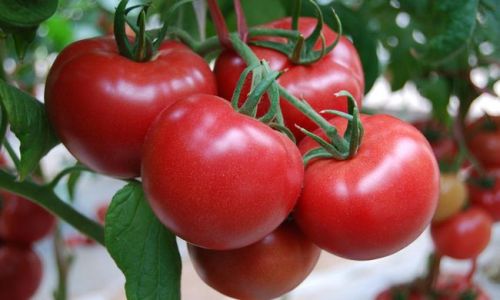
Understanding Tomato Maturity and Freshness
Before diving into the specifics of how to judge a tomato’s freshness, it’s crucial to understand the concept of maturity. A tomato reaches maturity when it has fully developed its color, flavor, and texture. While some varieties may be picked slightly underripe for shipping and storage purposes, ideally, the freshest tomatoes are those that have ripened on the vine.
Freshness, on the other hand, refers to the state of being recently harvested and free from spoilage. Fresh tomatoes are vibrant, firm, and juicy, with a well-balanced sweetness and acidity. As tomatoes age, they lose moisture, soften, and develop off-flavors or textures.
Visual Inspection: The First Line of Defense
-
Color: Color is often the first clue when assessing a tomato’s freshness. Fully ripe tomatoes exhibit a uniform, vibrant hue appropriate to their variety. For instance, beefsteak tomatoes should be deep red, while cherry tomatoes might be a brighter, more vivid red or even yellow. Avoid tomatoes with patches of green, which indicate they were picked too early, or those with dull, faded colors, which suggest over-maturity or spoilage.
-
Skin Texture: Fresh tomatoes have smooth, taut skin without wrinkles, cracks, or soft spots. Wrinkles indicate dehydration, while cracks can be a sign of over-ripeness or handling damage. Soft spots, especially if they are dark or moldy, are indicative of decay.
-
Shape and Consistency: While tomatoes come in various shapes and sizes, they should generally be symmetrical and firm to the touch. Avoid tomatoes that are misshapen or have uneven bulges, which can be indicative of internal damage or pests. A gentle squeeze should reveal firmness without being overly hard or mushy.
Smell and Feel: Beyond the Surface
-
Aroma: A ripe, fresh tomato has a distinct, slightly sweet and earthy aroma. If a tomato lacks scent or smells musty, fermented, or overly sour, it is likely past its prime.
-
Feel: Holding a tomato in your hand can provide additional insights. A fresh tomato feels heavy for its size due to its high water content. Lightweight tomatoes may have lost moisture, indicating they are not as fresh.
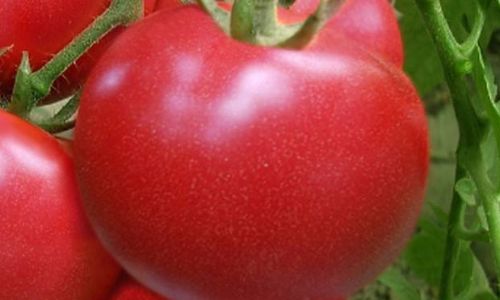
The Stem and Calyx: Hidden Signs of Freshness
-
Stem Attachment: The stem of a tomato can offer valuable clues about its freshness. A fresh tomato will have a green, intact stem that is firmly attached to the fruit. A dry, brown, or broken stem suggests the tomato has been off the vine for some time.
-
Calyx Condition: The calyx, or the leafy part attached to the stem, should also be green and fresh. A wilted or dried-out calyx is a red flag that the tomato may not be as fresh as it appears.
Internal Inspection: A Closer Look
While external examination is crucial, sometimes a closer look inside is necessary to confirm freshness.
-
Slicing: Cut the tomato open horizontally or vertically. A fresh tomato will have evenly distributed flesh, with a juicy, slightly gel-like consistency. Avoid tomatoes with hollow centers, which can indicate they were over-watered or picked too early.
-
Seeds and Juice: Fresh tomatoes have plenty of seeds and a generous amount of juice. Dry, seedless areas or a lack of juice are signs of age or improper ripening.
-
Color Uniformity: The interior color should be consistent with the exterior. Discoloration, such as brown spots or patches, indicates internal rot or damage.
Seasonal and Varietal Considerations
The freshness of tomatoes can also be influenced by the time of year and the specific variety.
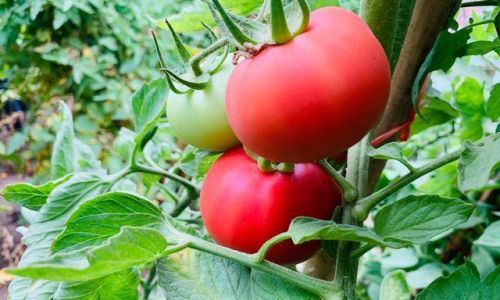
-
Seasonality: Tomatoes are generally at their peak during the summer months when they are in season. Off-season tomatoes, especially those imported from distant regions, may not be as fresh due to extended transportation times.
-
Varietal Differences: Different tomato varieties have unique characteristics that affect their freshness. Heirloom tomatoes, for example, are known for their rich flavors and often irregular shapes, while hybrid varieties may be bred for uniformity and durability during shipping. Understanding these differences can help you set realistic expectations when assessing freshness.
Storage and Handling: Maintaining Freshness
Once you’ve selected fresh tomatoes, proper storage and handling are essential to preserve their quality.
-
Temperature: Tomatoes should be stored at room temperature, away from direct sunlight and extreme heat. Refrigeration can alter their texture and flavor, making them mealy and less tasty.
-
Humidity: High humidity can cause tomatoes to rot quickly. Store them in a well-ventilated area to prevent moisture build-up.
-
Handling: Handle tomatoes gently to avoid bruising or damaging the skin. Use a soft cloth or paper towels to wipe them clean rather than soaking them in water, which can promote mold growth.
Common Myths and Misconceptions
Several misconceptions surround the selection of fresh tomatoes. Here are a few common myths debunked:
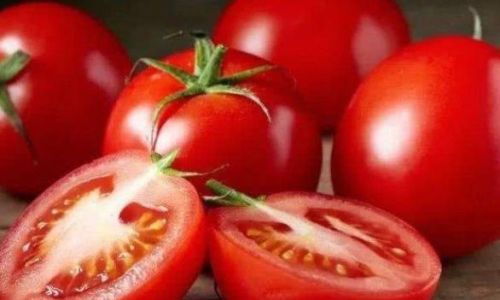
-
Brighter is Better: While vibrant color is a good indicator of freshness, some varieties naturally have duller hues. Don’t rely solely on color brightness.
-
Hardness Equals Freshness: Overly hard tomatoes can be unripe or have been stored for too long under refrigerated conditions, which alters their texture without necessarily affecting their color.
-
Size Matters: The size of a tomato does not necessarily reflect its freshness. Small tomatoes can be as fresh as large ones, depending on the variety and growing conditions.
Conclusion
Mastering the art of selecting fresh tomatoes involves a combination of visual inspection, sensory evaluation, and an understanding of seasonal and varietal differences. By paying attention to color, skin texture, aroma, stem and calyx condition, and internal characteristics, you can confidently choose tomatoes that are not only fresh but also bursting with flavor and nutritional value. Proper storage and handling practices will further ensure that your tomatoes retain their freshness until they are ready to be enjoyed in your favorite dishes. With this knowledge, you’ll be well-equipped to transform every tomato-based meal into a culinary delight.
This guide has covered a wide range of factors to consider when determining the freshness of a tomato, from external appearance to internal quality and seasonal considerations. By applying these principles, you can ensure that your tomatoes are as fresh as possible, enhancing the taste and texture of your culinary creations. Happy cooking!
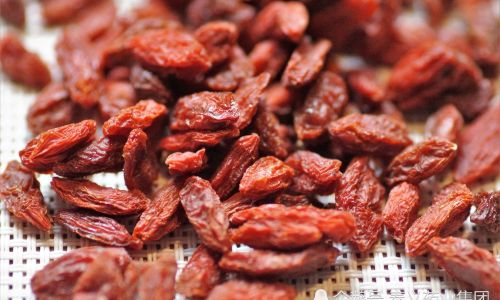
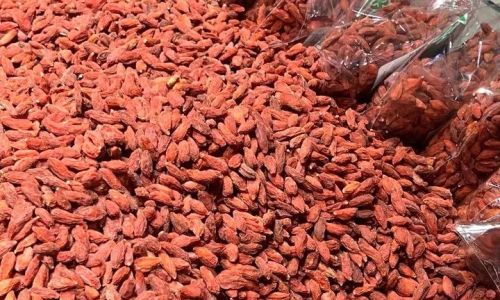
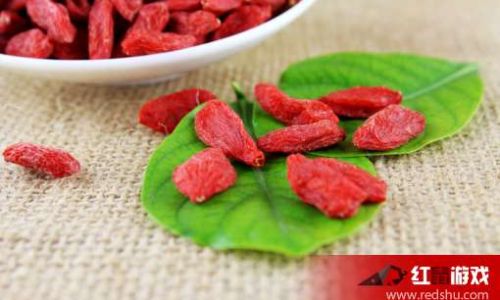
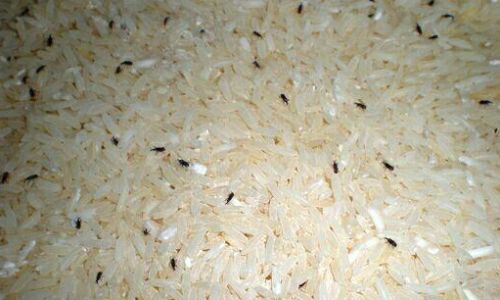


0 comments